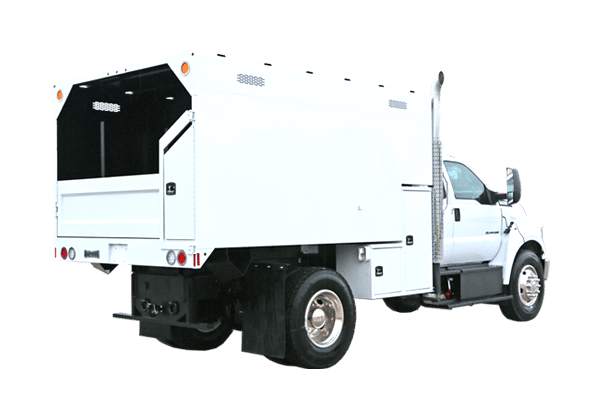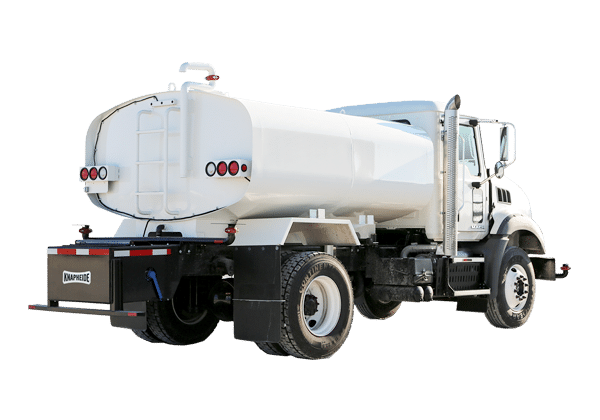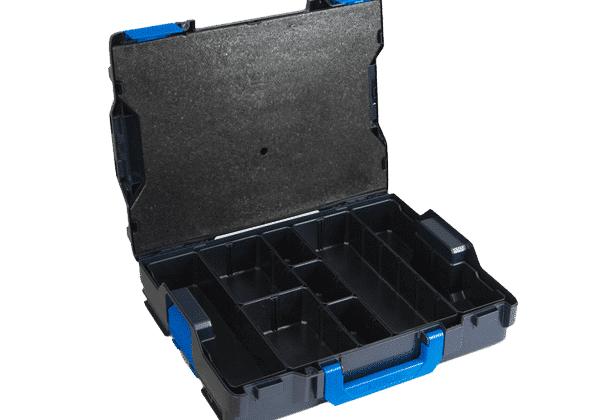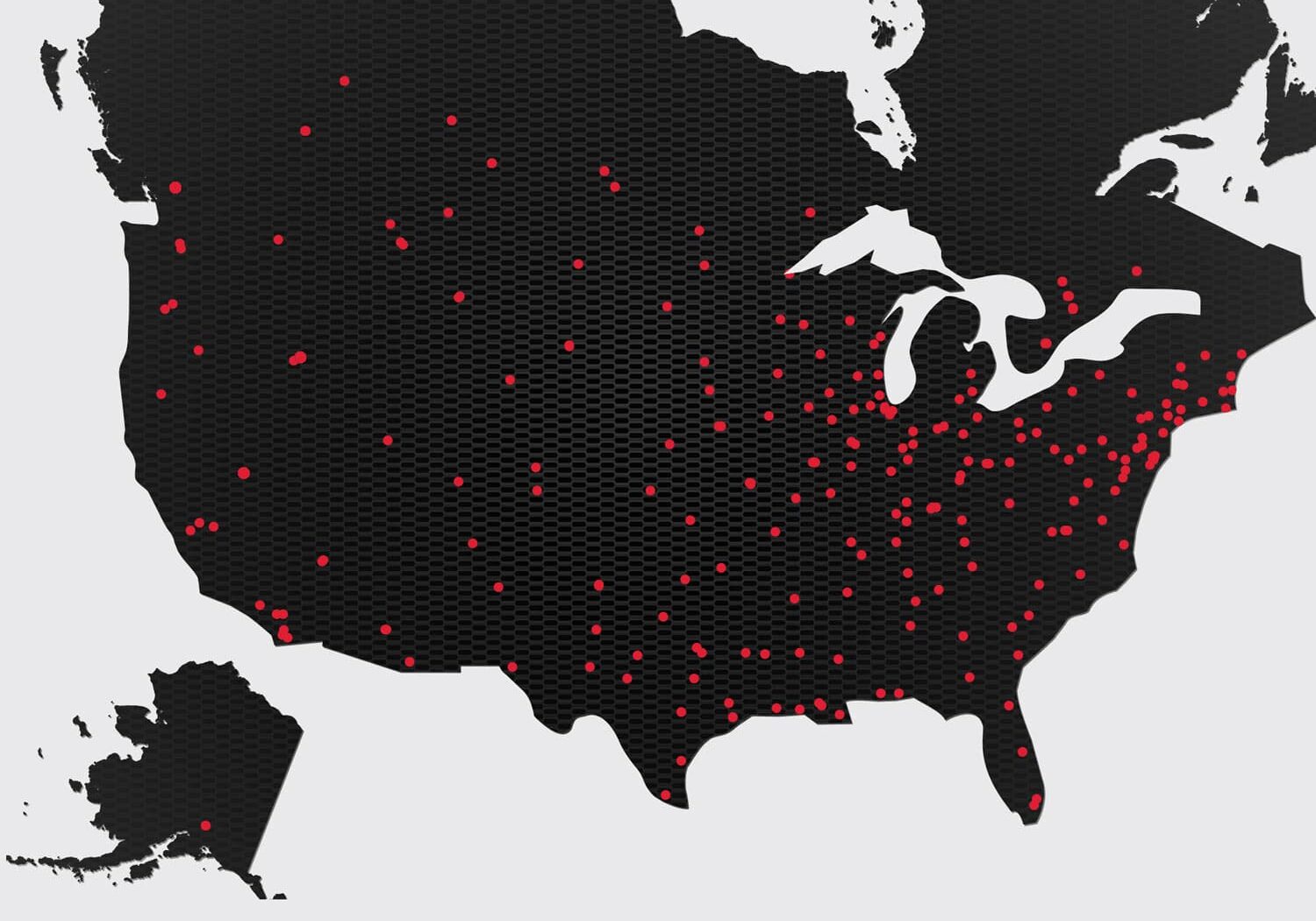Publish Date
December 14, 2023
Social Share
These days, it's not enough to just have a website. After all, there are billions, yes, you read that right, BILLIONS, of web pages out there. And even though many of those pages have no relevance to your business's site, they're still your competition. Their content and make-up can make it challenging for search engine users to find you, even when the users are purposefully looking.
So, the question is, what are you doing to set your website apart from the others? And more importantly, what are you doing, or rather, should you be doing, to ensure that you're being found by and served to the right audiences?
The Key to Being Found
If you've done any sort of research on how to be found online, you've probably come across the acronym/term SEO.
Why is SEO Important?
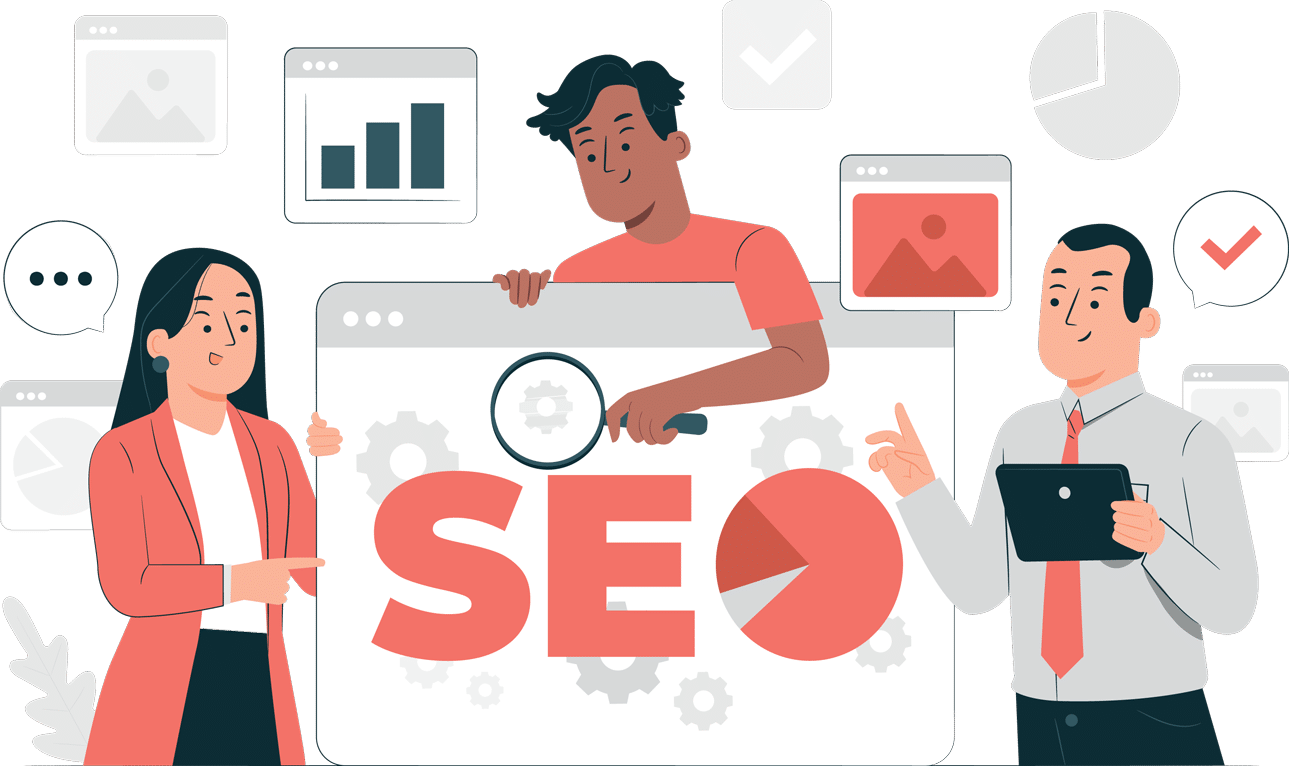
It's a buzzword, and it's everywhere these days, but it's not always explained.
So, to get started, let's break it down.
What is SEO?
SEO, or search engine optimization, is essentially a process that helps you increase your website's visibility. The process includes making modifications to your website and its content. And if it's done correctly, it should improve your site's organic ranking.
Why is your organic rank important?
After all, isn't it enough to just show up in Google's search results, even if you're not at the top of the page, or on the first few? You'll still be found, right?
Well, it's becoming increasingly less likely.
Each year, it seems as though fewer and fewer people are taking the time to scroll down, much less click through, the search engine result pages (SERPs). And according to facts compiled by Semrush, "[l]ess than 1% of searchers click on the second page of Google results." And what's worse? Only .63% of Google searchers actually end up clicking on a link on that second page (Backlinko).
So, really, first-page placements reign supreme.
What can you do to improve your website's ranking?
Study Your Competitors

The first step to improving your visibility online is to research your competitors. After all, you need to know what you're up against. But it can get a little tricky because your SEO competitors aren't always the same as your competition IRL (in real life).
Why?
Well, it's a combination of factors. But it mainly boils down to the algorithm and your keyword usage, which we'll talk more about in a moment.
Let's get back to it. How exactly do you find your SEO competitors?
There are a couple of ways to go about it, but the simplest is to use an online tool, like Semrush. By simply typing in your URL, you are able to see a list of your main organic competitors. (Those are the people that are showing up alongside you in the search engine results, but not through sponsored ads or listings.) Hopefully your IRL competitors are part of those results. But if they aren't, you're going to want to search their URLs as well, to get an idea of where the differences lie. (Note: It's not necessarily a bad thing if they aren't ranking alongside you.)
Next, you'll want to take a look at the websites of, or Semrush data on, your SEO and IRL competitors. Analyze them. Are there any areas, like keywords, content or linking, that they do well, and you could improve on?
And how DO you improve?
Do Keyword Research

The algorithm uses keywords to rank you, and others, on the SERPs.
But wait, back it up. What are keywords?
According to Backlinko, "SEO keywords (also known as "keywords" or "keyphrases") are terms added to online content in order to improve search engine rankings for those terms." Essentially, keywords or keyphrases are what people are typing into the search engine bars when they're looking for something. What they're typing in should correspond to the actual words or phrases you're using on your site. And the better you are at that, the higher you will be ranked for those terms.
But it's important to note that nearly any word could be a part of a keyphrase. Not all of them are going to be valuable for you. It's crucial to determine what keywords and keyphrases are important and popular for your business, industry and location.
Semrush's tool can help you with that too, showing you keywords you currently rank for, your competitors rank for or that you may be missing opportunities on. And there are other sites, like Google Trends, that allow you to search popular or trending keywords and phrases that may also help.
But now that you have these terms and phrases, what do you do with them?
Create Quality Content
They say content is king, and they aren't wrong.
But why?
Content creation provides an opportunity to show everyone why you're the best in the business and why they should turn to you for help. (It's your chance to show what a wealth of knowledge you are or humbly brag on your products and capabilities.) There are loads of ways to do this: blogging, vlogging, posting on social, etc. And it's also where you'll be integrating keywords.
If you're interested in learning more about content marketing, content for social or how to leverage video, check out the linked blog posts!
Build Links

And don't forget about the links!
Links are a powerful part of your content. In fact, Google has confirmed that they are one of the three most important factors for your SEO. So, make sure you're linking to pages, yours and others, throughout your website and blog posts. The more you can link back (backlink) to authority websites, those that are seen as credible in the industry or are often visited for that specific topic, the better. (And keep in mind, not all links are seen as equal. Backlinking to and from authority websites will carry more weight than doing so with others.)
And the power of links is not limited to your website. Your SEO will improve as other websites link back to you, too. So, make sure you take advantage of all available opportunities for backlinking, and check to make sure links to your site are correct on online directory listings and your Google Business Profile.
Optimize Your On-Page Elements

And last on this list, but definitely not least, are your on-page elements.
For the most part, you'll be able to optimize your on-page elements by yourself, even if you don't have a lot of technical knowledge. On-page elements are things like titles and headings, content and images (all things you'll need to keep in mind when creating content for your website, especially blog posts).
With titles and headings, you'll want to try and integrate your keywords and phrases. Doing so will help you as the algorithm crawls and indexes your site for its SERPs. But it's important that you don't add the keywords willy-nilly! They need to align with the core content of the page to be helpful.
And, the images may be a little more involved, but not by much. When you upload images or graphics to your website's image library, be sure to include alternative text, which explains what is shown in visual elements and is necessary for visually impaired users.
What Now?
While going through this process once will help you improve your business's website's SEO now, it's really more of an ongoing process, requiring regular attention. And as you add more pages and content, be on look out for duplicate content and dead links, as these will reduce your SEO score, too.
Interested in Learning More?
For more in-depth explanations on how to improve your website's SEO, check out the helpful resources below.






